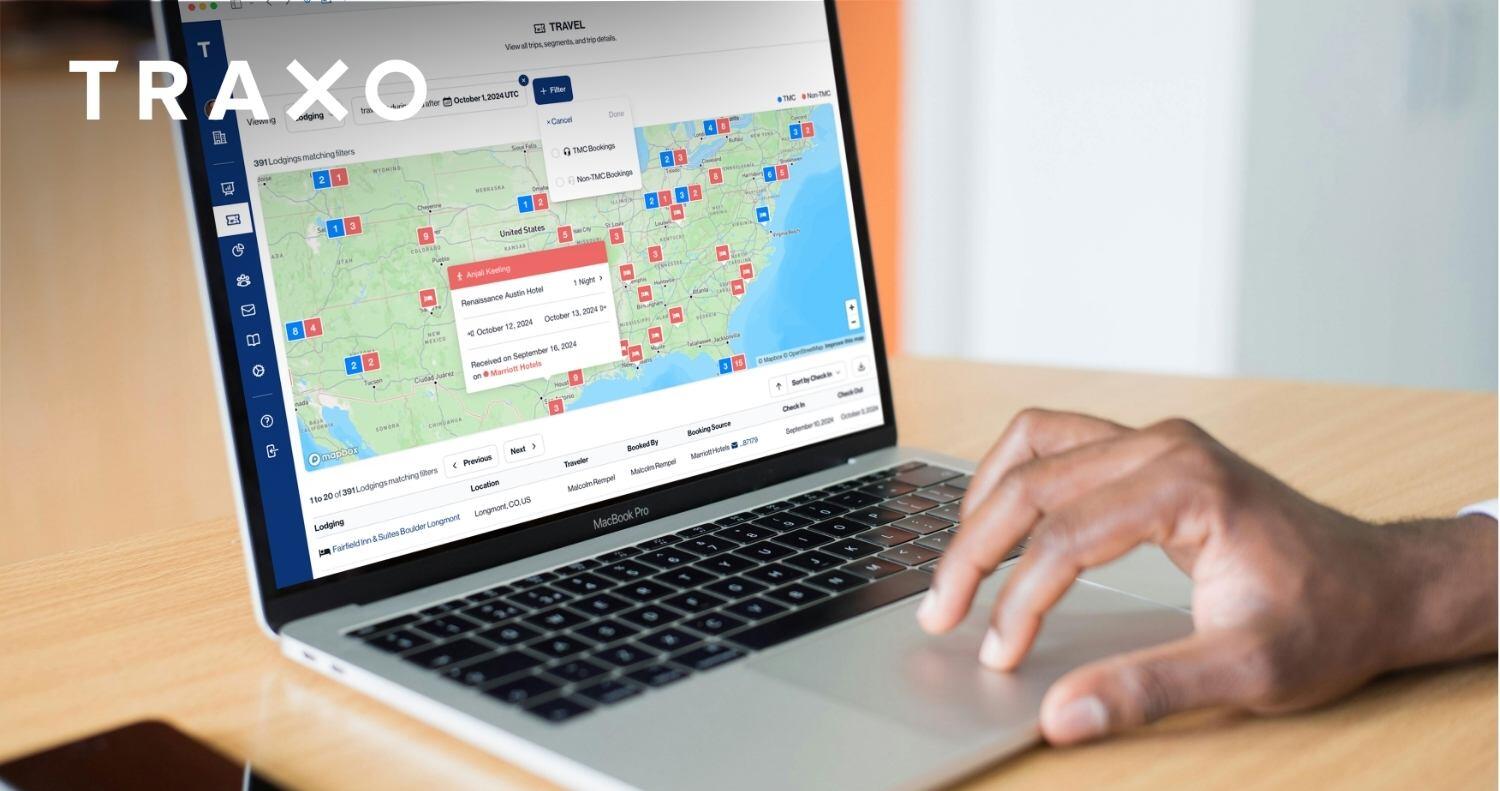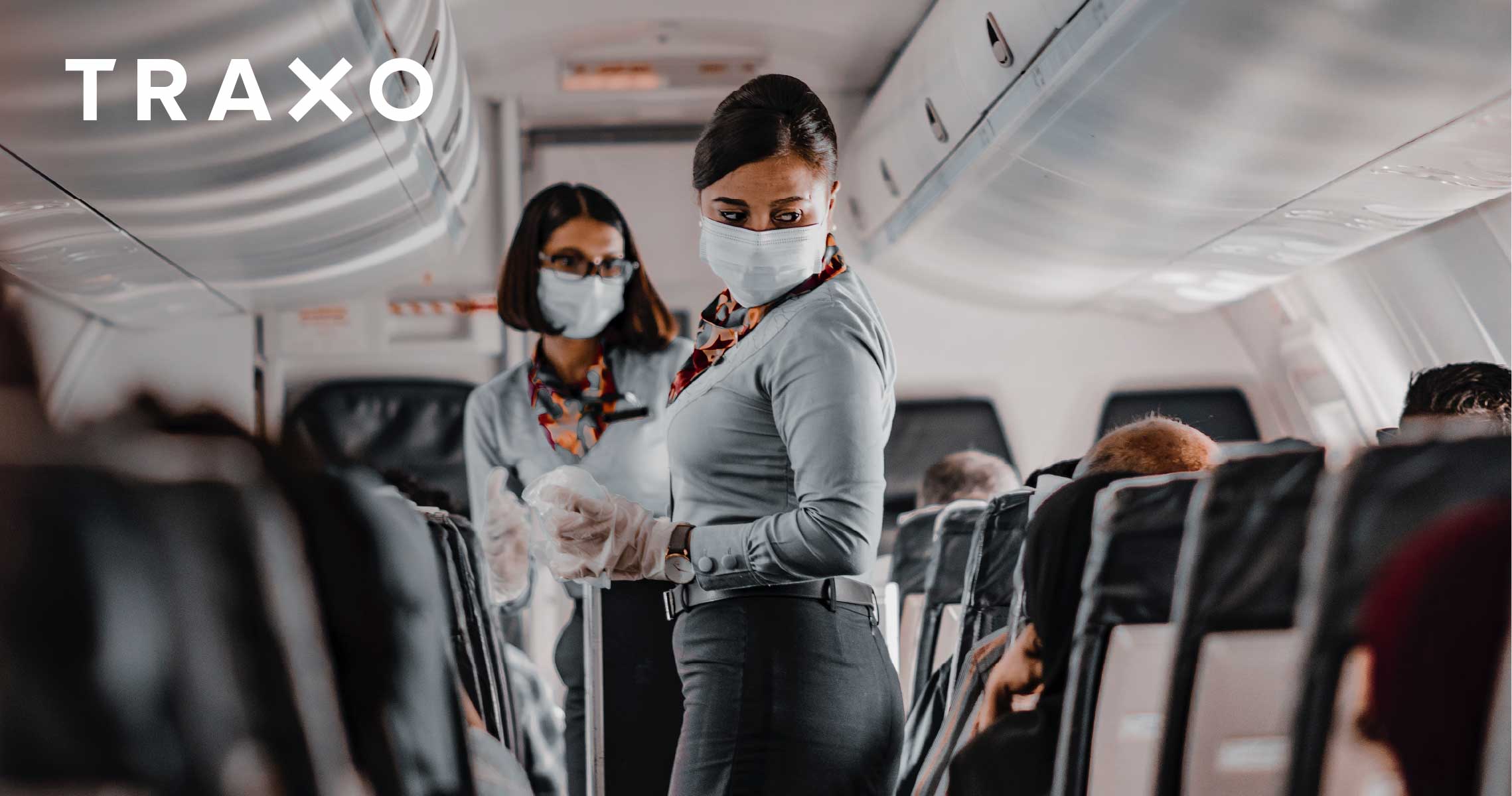Most of my legal career was spent in-house at Sabre and Travelocity. As a result, I am keenly interested in legal issues that impact the travel industry. In today's globalized economy, travel is an essential part of doing business. Whether it's attending conferences, meeting clients, or exploring new markets, travel is an integral component of many organizations' operations. However, travel comes with inherent risks, including health and safety risks, security risks, and financial risks. Organizations must mitigate these risks to ensure the safety and well-being of their employees, protect their brand reputation, and prevent financial losses. Consequently, in-house legal departments, in-house travel departments, and company risk managers should all be aware of these obligations and work together to mitigate problems.
Mitigating Travel Risk with ISO 31030
The ISO 31030 standard for travel risk management aims to help organizations implement effective risk management practices and protocols to protect their employees and assets while traveling. In this blog post, we will explore what the ISO 31030 standard is, its intended purpose, the issues that can arise from failing to implement proper travel risk management standards, and how Traxo's travel data platform can help organizations apply ISO 31030 more successfully.
What is the ISO 31030 standard?
The ISO 31030 standard is a risk management standard designed specifically for corporate travel. The standard was developed by the International Organization for Standardization (ISO) to help organizations manage travel-related risks, such as health, safety and security risks.
The ISO 31030 standard provides guidelines for identifying, assessing, and treating travel-related risks. It covers a broad range of topics, including risk assessment, risk treatment, risk communication, monitoring and review. The standard is intended to be flexible and adaptable, allowing organizations of all sizes and types to tailor their risk management practices to their specific needs and circumstances.
What is the intended purpose of ISO 31030?
The primary purpose of the ISO 31030 standard is to help organizations manage travel-related risks effectively. By implementing the standard's guidelines, organizations can identify and assess potential risks before they occur, develop strategies to mitigate those risks and monitor and review their risk management practices over time.
Specifically, the standard is intended to provide a framework for organizations to develop and implement their travel risk management programs. It provides a structured approach to risk management that is flexible and adaptable to different types of organizations, travel programs, and travel-related risks.
What are the issues with failing to apply proper travel risk management standards and protocols?
Failing to implement proper travel risk management standards and protocols can have serious consequences for organizations. Some of the issues (legal and other) that can arise include:
- Employee safety and well-being:
Without proper risk management protocols, employees may be exposed to health and safety risks while traveling. This can result in injuries, illnesses, and even death. - Financial loss:
Travel-related risks can result in significant financial losses for organizations. For example, canceling or rescheduling trips can result in lost revenue, and medical expenses can be expensive. - Reputational damage:
If an organization fails to protect its employees while traveling, incidents may be publicized, resulting in a negative public perception and reputational damage. - Legal and regulatory compliance:
Many countries have laws and regulations specifically governing travel-related risks. Failing to comply with these laws can result in legal and financial penalties, as well as costly, drawn-out lawsuits.
A Legal Perspective on ISO 31030
Benjamin Fischer, Partner with Morvillo Abramowitz Grand Iason & Anello PC in New York, pointed out in a recent Traxo webinar that organizations with risk teams that are aware of a standard like ISO 31030 yet fail to implement the standards in a timely manner may be subject to harsher consequences at the hands of a jury.
According to Fischer, “claimants are very likely to point to this standard and ask very difficult questions about how seriously you took it” in the event of a travel incident. In other words, now that the 31030 standard is out there, failure to comply may increase legal exposure.
ISO 31030 In Use at FLSmidth
In the same webinar, Crisis & Security Manager at FLSmidth, Mukesh Kumar Sharma, explained how his company successfully implemented ISO 31030. The FLSmidth team is using the standard to vet hotels, airlines, rail and other service providers before placing business travelers in their hands. They also have a third-party auditing company vetting their implementation of ISO 31030 to ensure they’ve done so properly.
The implementation was partially inspired by real events, i.e., an incident in which a UK-based company allowed a business traveler to take a helicopter ride with an unapproved provider in South Africa, which resulted in a crash and subsequent lawsuit. Unfortunately, there are many similar incidents out there that only underscore organizations’ need to take travel risk security standards like ISO 31030 seriously for the good of the traveler and to protect business operations and assets.
How can complete travel data from Traxo help organizations apply ISO 31030 more successfully?
Traxo is a leading corporate travel data platform that helps organizations visualize and manage their employees' travel activities. By providing complete, accurate and secure travel data, Traxo can help organizations apply the ISO 31030 standard more successfully. I have written about and participated in Traxo events in the past as – given my travel industry background – I think it is an easily implemented solution to many potential legal and regulatory issues.
Here are some of the ways Traxo can help organizations implement effective travel risk management practices:
- Identify potential risks:
Traxo's travel data platform can help organizations identify potential risks before they occur by identifying business travel plans well before trips occur. By analyzing travel patterns, destinations and trip changes, organizations can assess the risks associated with different types of travel and develop strategies to mitigate those risks. - Ensure employee safety and well-being:
Traxo can help organizations ensure their employees' safety and well-being while traveling by tracking employees' travel activities. This pre-trip awareness allows travel teams to provide the education and resources travelers need for safer, more successful business trips.
To learn more about capturing real-time travel data on bookings from any source, as well as how complete data empowers organizations to apply better travel risk management, fill out the form below to get in touch with a Traxo team member.
About the Author: Sterling Miller
Sterling Miller is a three-time General Counsel who spent almost 25 years in-house. He has published five books and writes the award-winning legal blog, Ten Things You Need to Know as In-House Counsel. He regularly consults with legal departments and coaches in-house lawyers. Sterling received his J.D. from Washington University in St. Louis. He was not paid nor received any consideration for writing this blog.
Connect with Traxo


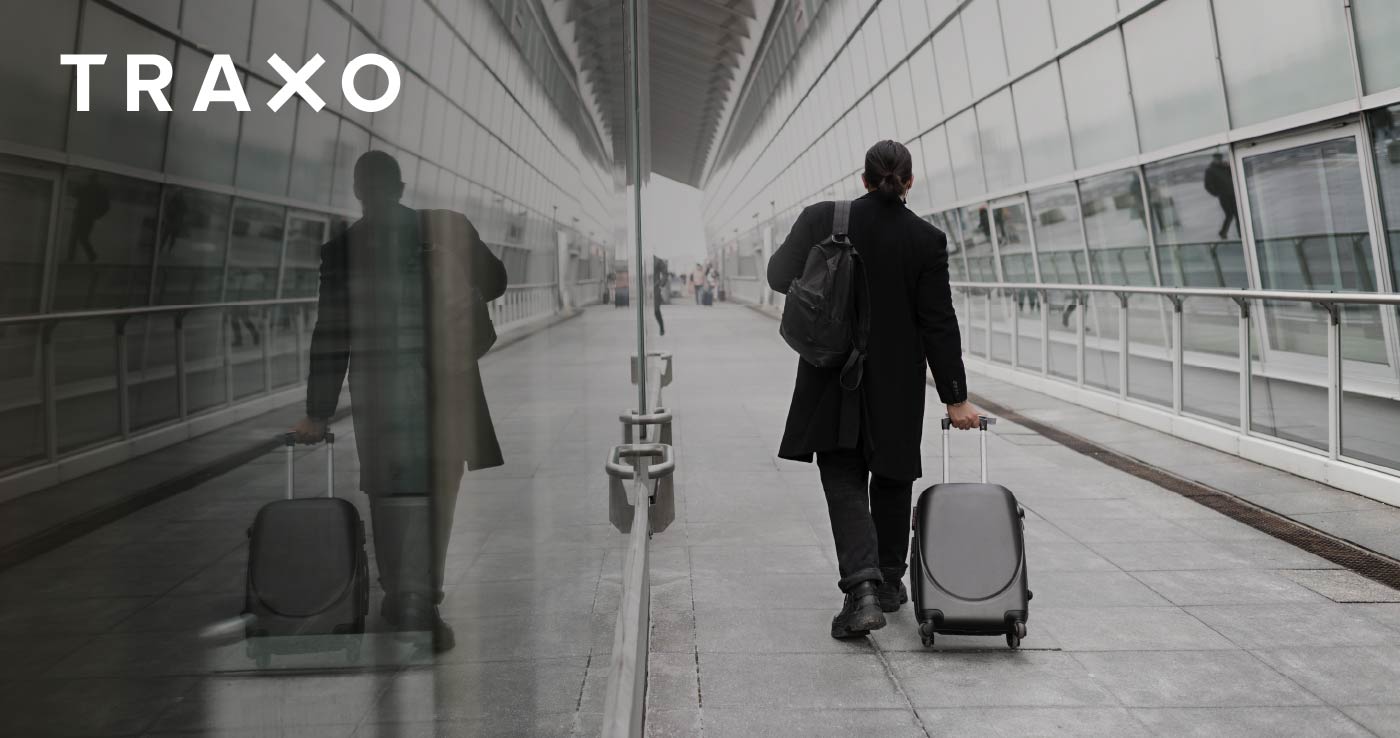
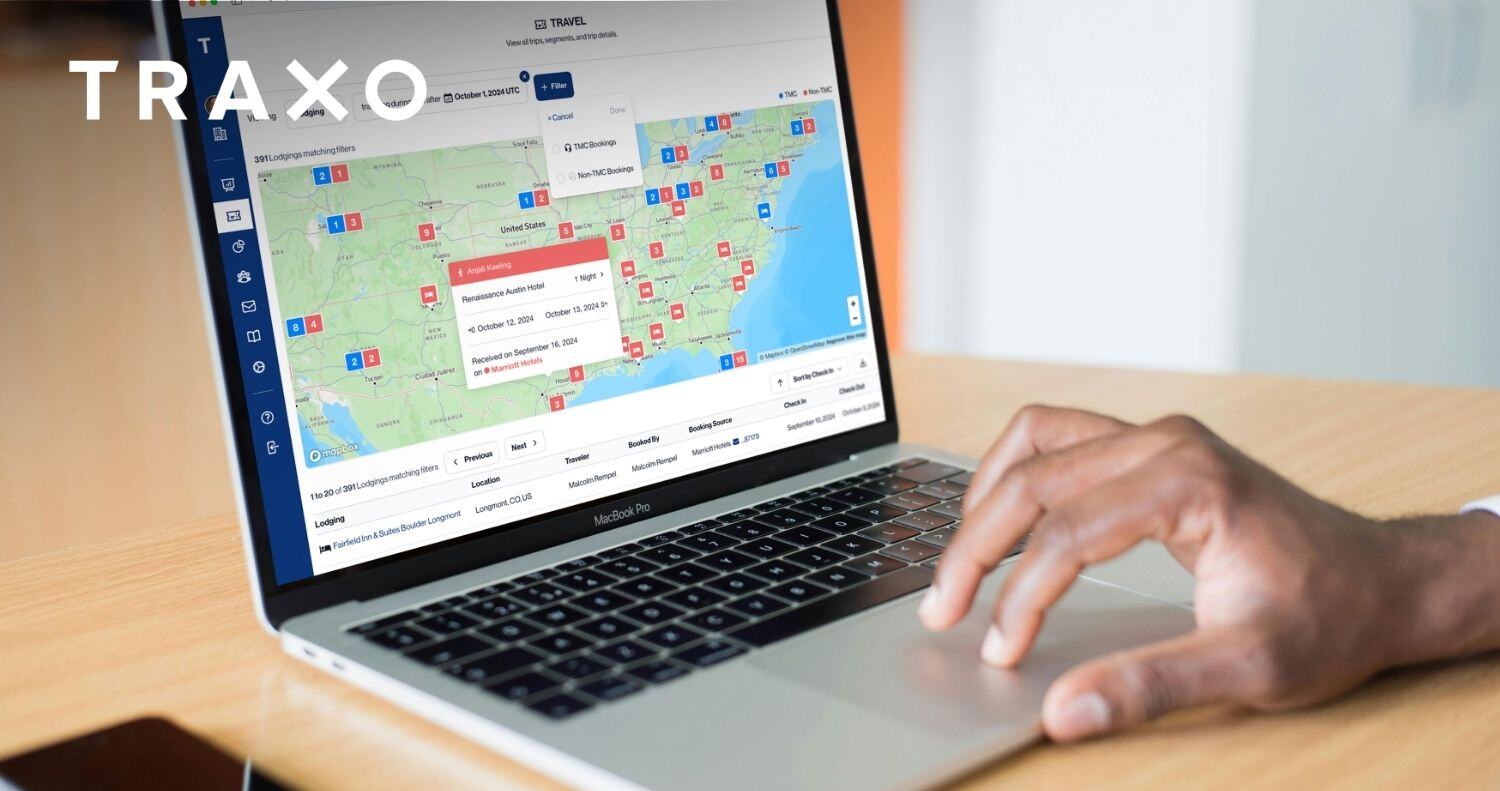


.png)

.jpg)

.jpg)





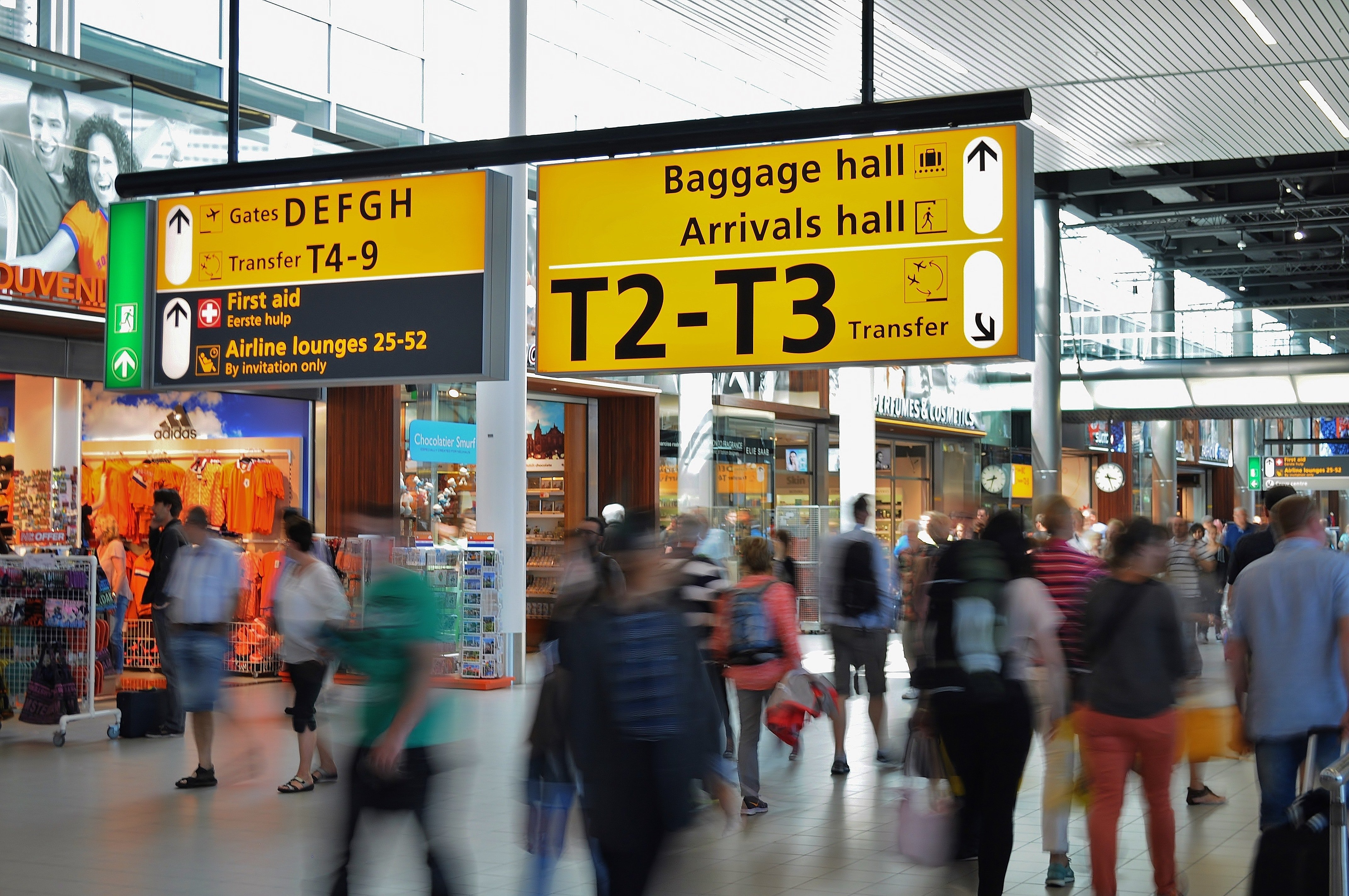






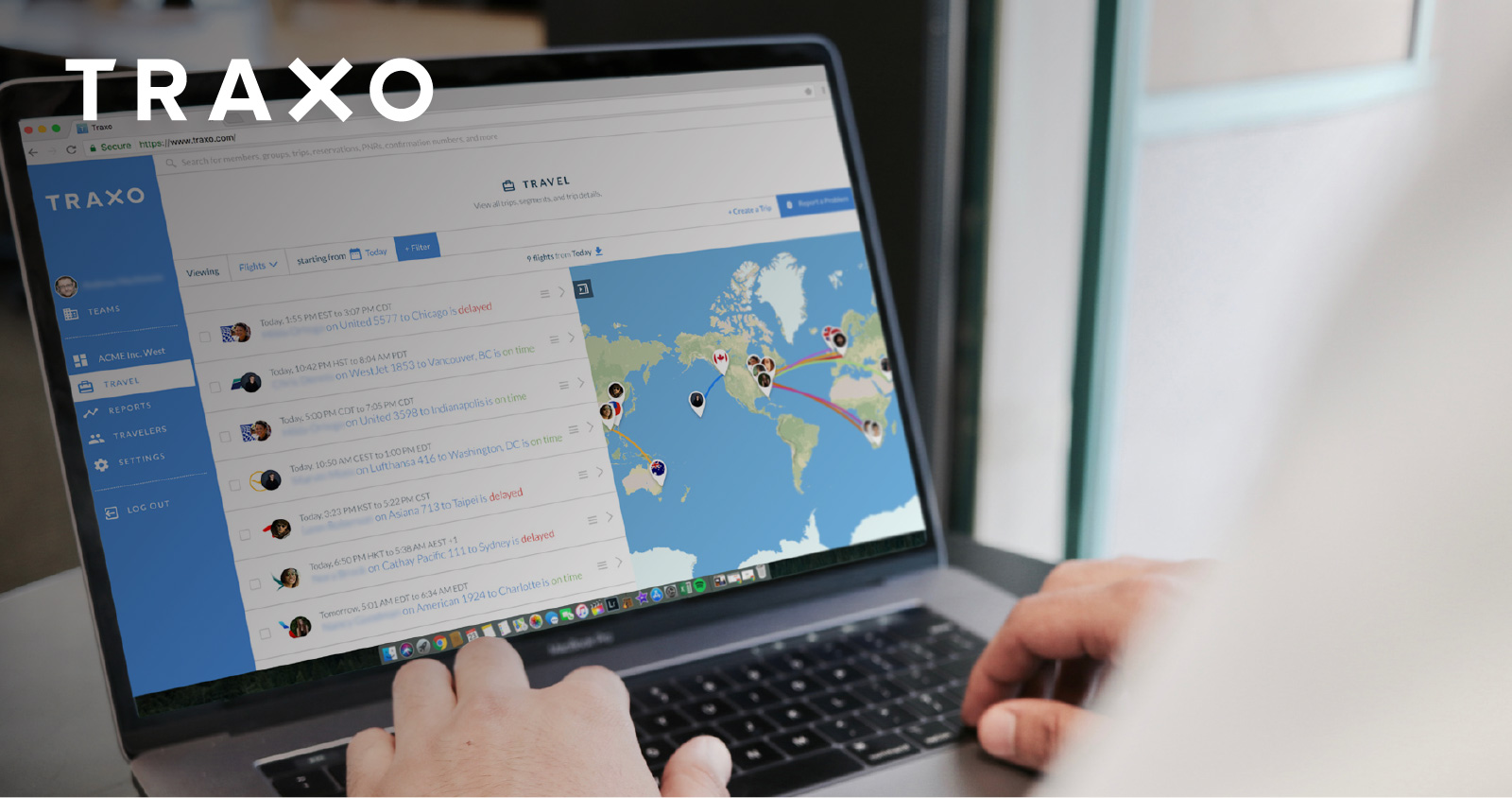



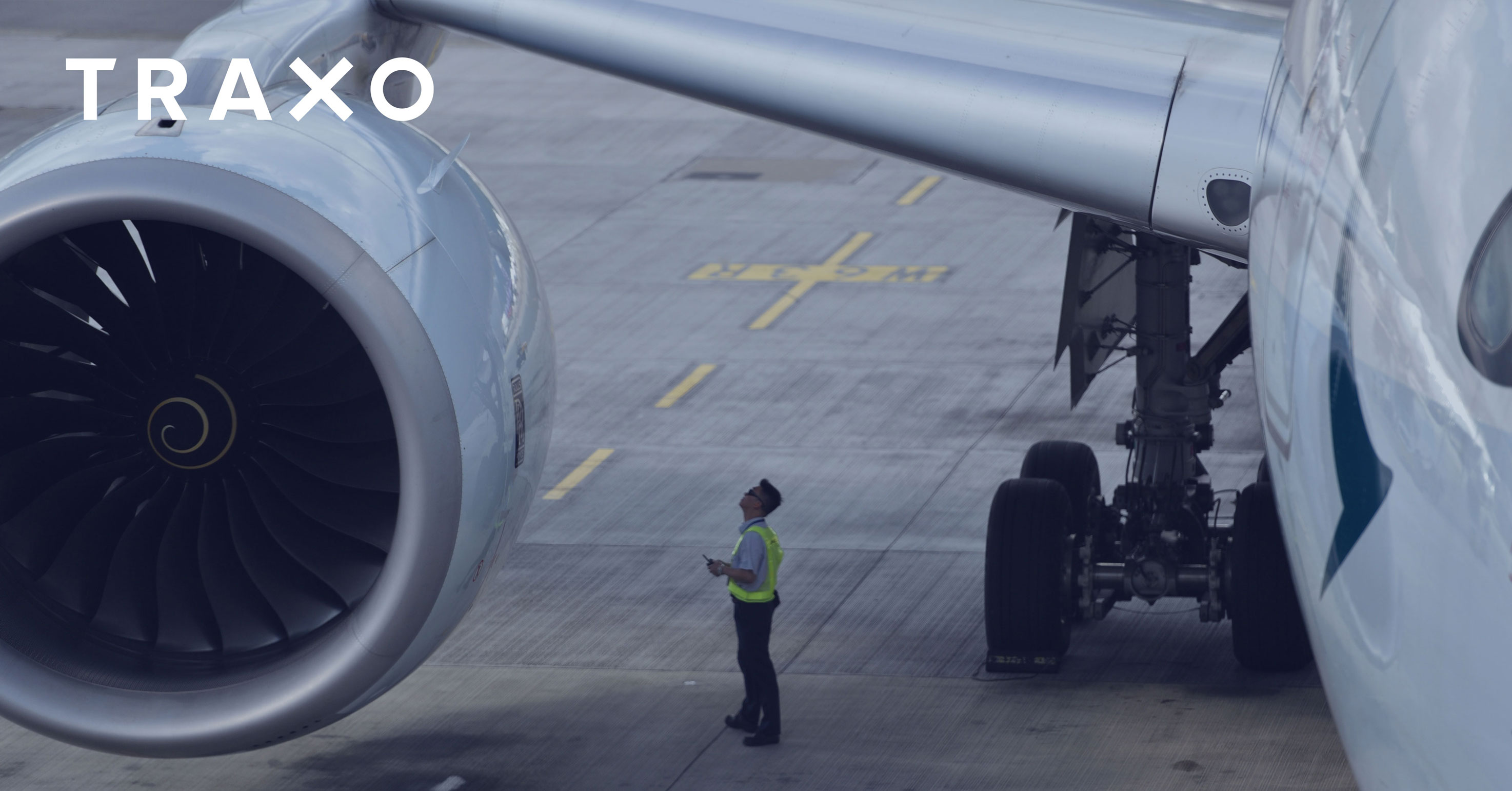







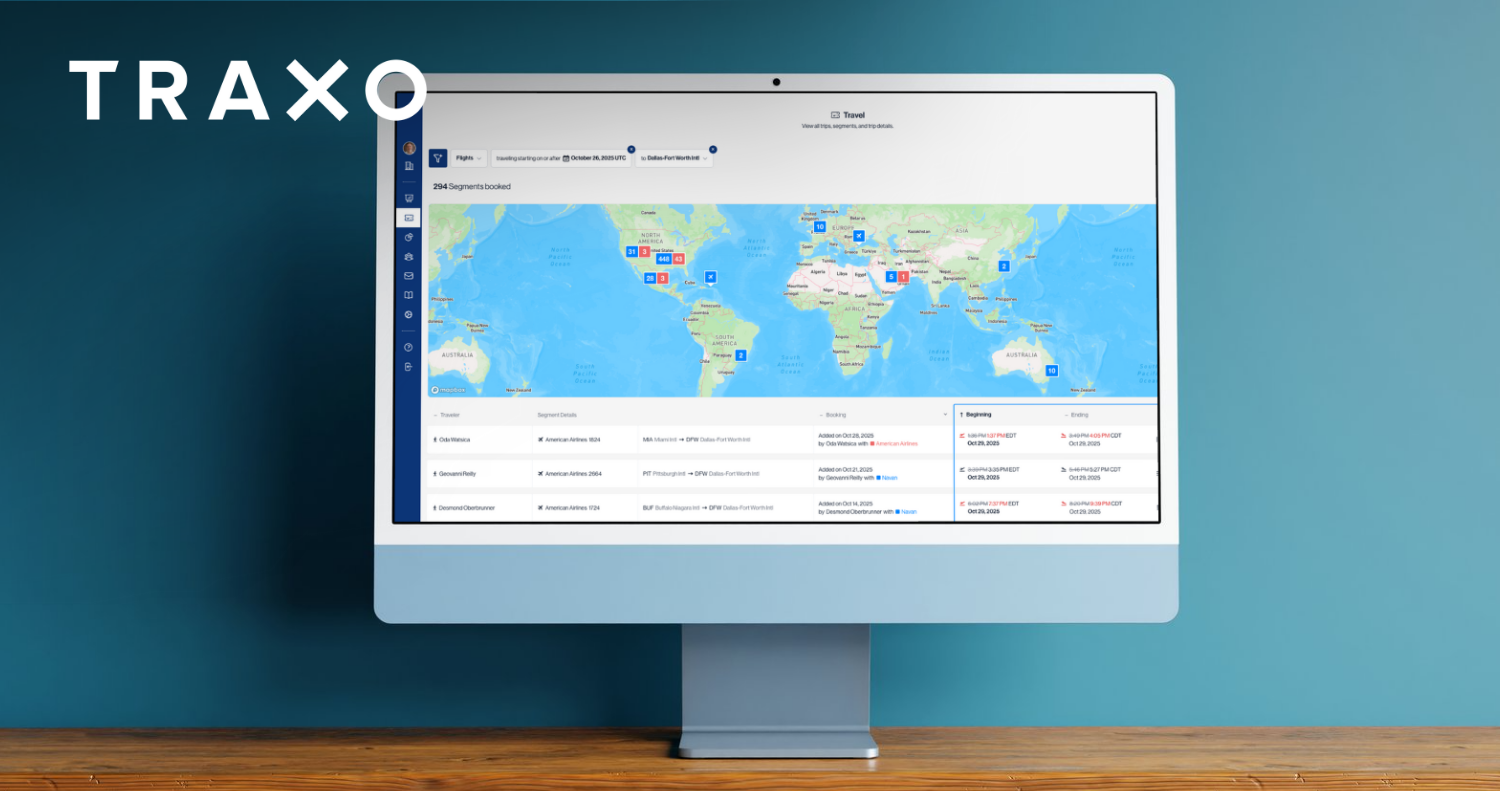
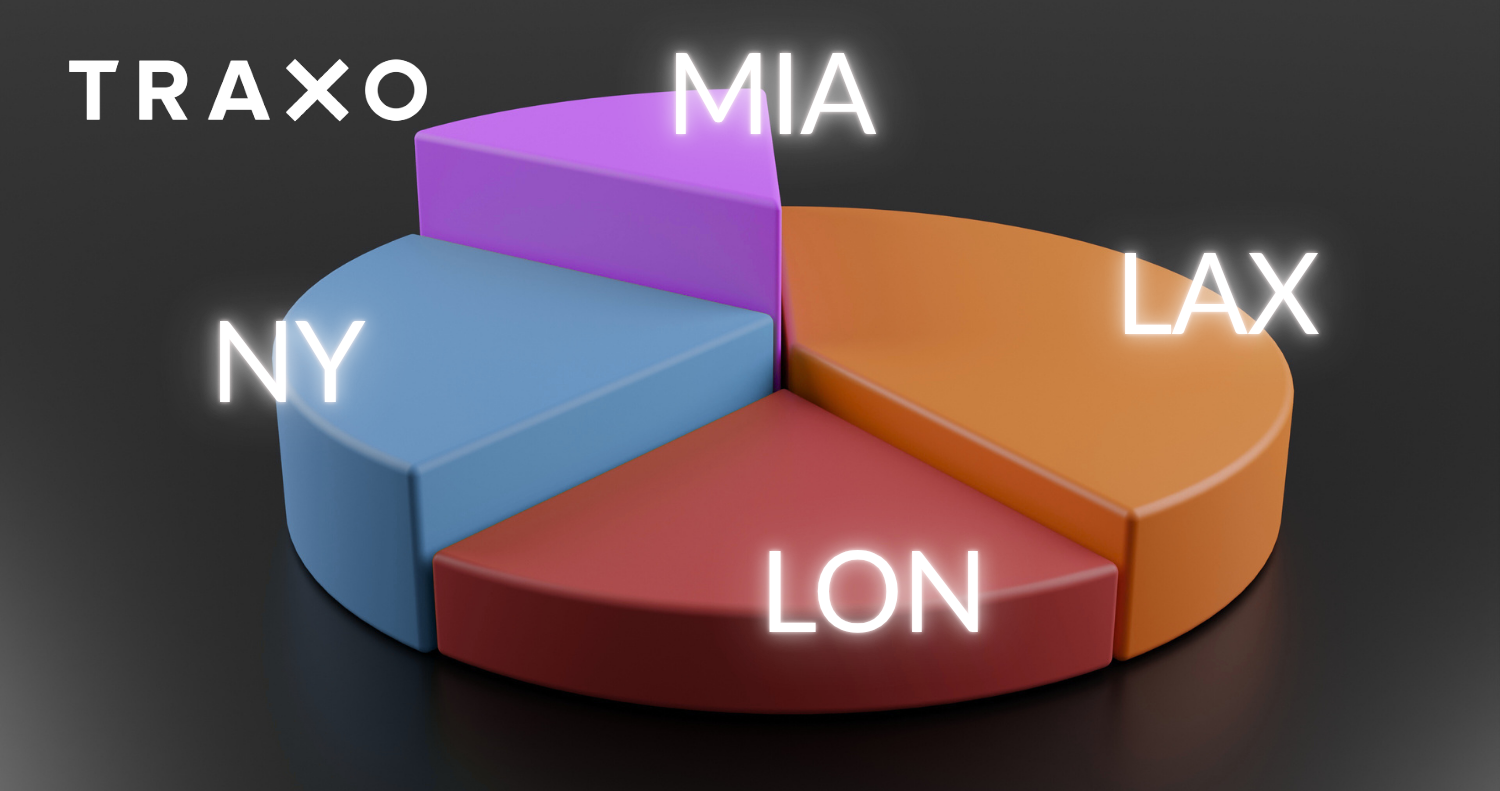






.png)

